Cities by the water have a special kind of charm. It’s found in the scale, in the reflections of the sunset, in the long walks along the waterfront, in the fresh breeze, and in countless outdoor activities.
Let’s see what awaits visitors and explore how you can benefit from the presence of this striking geographical feature in these four exciting destinations.
- Amsterdam: a spellbinding kaleidoscope of canals
- Budapest: a postcard-perfect spa escape
- Bergen: surrounded by majestic fjords
- Burgas: a vibrant seaside gem
Amsterdam: a spellbinding kaleidoscope of canals
When you look at a map of Amsterdam, you see narrow blue lines cutting through the city in a very organised, pragmatic way.
It’s only once you arrive in the Dutch capital that you witness the true splendour of this unique city and its canals. The water here is everywhere, omnipresent.
The grachten (Dutch for ‘canals’) cover more than 100 kilometres of terrain, and the city has more than a thousand bridges.
With a spellbinding kaleidoscope of canals, Amsterdam is the northern answer to Venice and a fascinating place to visit.
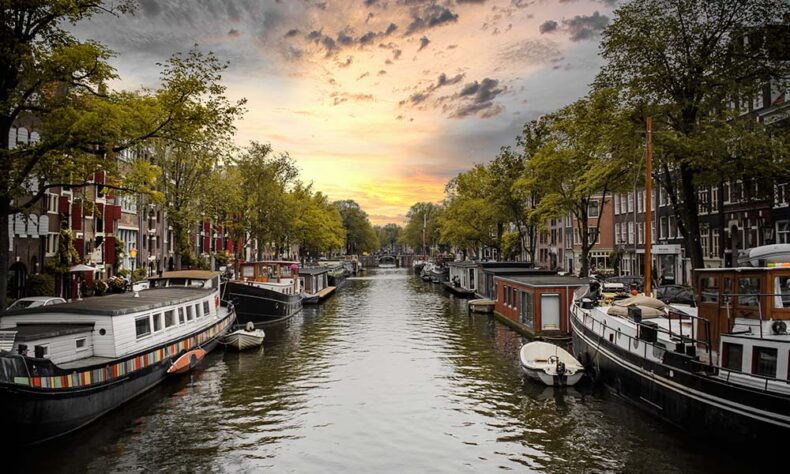
Photo on Unsplash
The city got its trademark appearance in the 17th century, at the height of the Dutch Golden Age.
Canal-building was part of a big urban planning effort to modernise the capital, facilitate the transportation of goods, and provide an effective defence. The original plan resulted in four main canals: Herengracht, Keizersgracht and Prinsengracht in the centre, and the outer Singelgracht. This was a time of economic prosperity for the Netherlands, and the city flourished by the water.
Today, the engineering marvel of Amsterdam’s canals is protected by UNESCO for its rich cultural heritage.
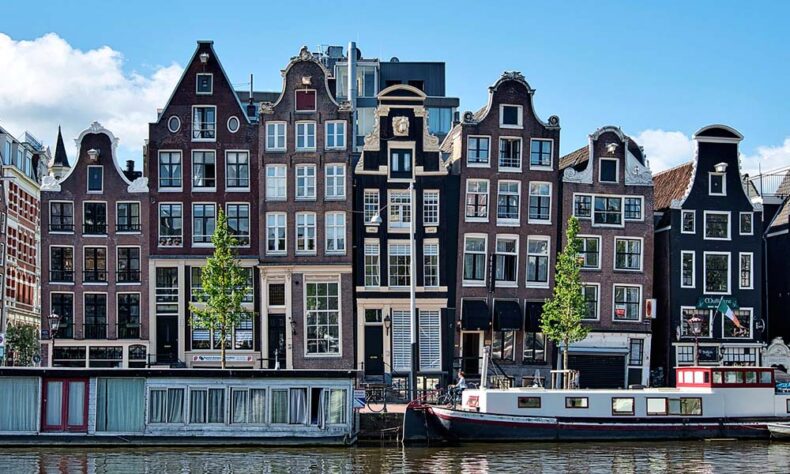
Photo on Pixabay
Naturally, this city is best enjoyed from the water, and there are many boat tour operators who will be happy to take you on a cruise along the most iconic canals.
Choose from sightseeing tours, dinner boats, or party cruises – each one is a wildly aesthetic experience full of beauty and contemplation.
But what else would you expect from a city that looks like a fairy tale? You’ll pass under countless bridges, admire the picturesque architecture of the canal houses, see the sunset’s colours, and learn about Amsterdam’s history.

Photo on Instagram
Unlike the waterways in Venice, the canals in Amsterdam aren’t actively used for public transport.
The best way to discover all the attractions here is either on foot or bicycle. The Dutch capital is one of the most bicycle-friendly destinations in the world. Count the bridges as you ride, find your own hidden canal-watching spots, and enjoy the sustainable urban life of Amsterdam!
To learn more about the history of the city’s waterways, head to Grachtenhuis (the Museum of the Canals).
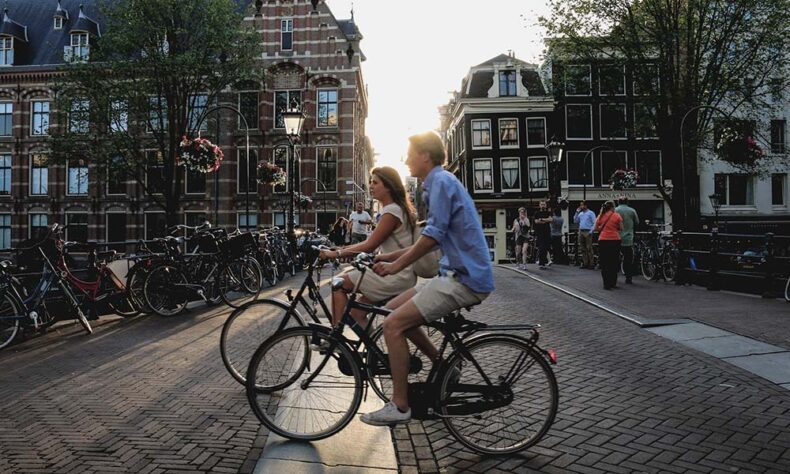
Photo on Unsplash
In Amsterdam, you can not only live next to the canals; you can actually stay on the water. We’re talking about houseboats – a phenomenon unique to the Dutch capital and a charming accommodation tradition.
Thousands of houseboats are moored along the banks of the canals, and today many of them serve as vacation rentals, so you can have your own dreamy place to stay with bombastic views and a little bit of sway.

Photo on Instagram
When you’ve got so much water in a city, it’s natural that people want to get active. SUP boarding and canoeing are the most popular local activities here that benefit from the presence of the canals.
Another cool thing to do is to rent a pedal boat and head on a mini-adventure on the canals.
Budapest: a postcard-perfect spa escape
The panorama of the Hungarian capital is always captivating. This stunning city embraces the great Danube River and makes it the main character of its urban life. Massive bridges connect the two banks and a castle towers above.
On the other side of the river, the phantasmagoric Hungarian Parliament glistens with a thousand lights. Dusk brings reflections on the water as cruise ships float past. One’s breath is officially taken away.
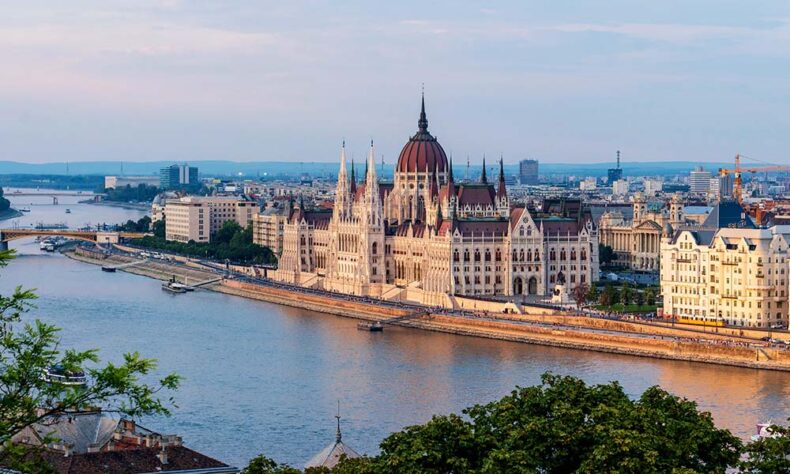
Photo on Unsplash
As a central waterway for global trade, the Danube was a strategic point to choose for a city. First came the Celts, then the Romans, and then the Hungarian tribes.
Located in the centre of the Carpathian Basin, the city has a diverse set of landscapes within a short distance. Budapest is comprised of two historic parts: hilly Buda, and the flatter, newer Pest on the opposite side of the river.
There are three islands in the river: Óbuda (the site of the famous Sziget Festival), Margaret, and Csepel. Finally, in the west, are the Buda Hills with miles of hiking trails, a funicular, and panoramic viewpoints.

Photo on Instagram
Start by admiring a classic vista from the intricate terraces of the 19th-century Fisherman’s Bastion in Buda. Then go to Gellért Hill for an even higher view of the city and all the bridges.
For an irresistible panorama of the Castle District, head to the Belgrád embankment on the Pest side.
Another obligatory stop along the river is the poignant Shoes on the Danube Bank memorial honouring Jewish victims of the Second World War.
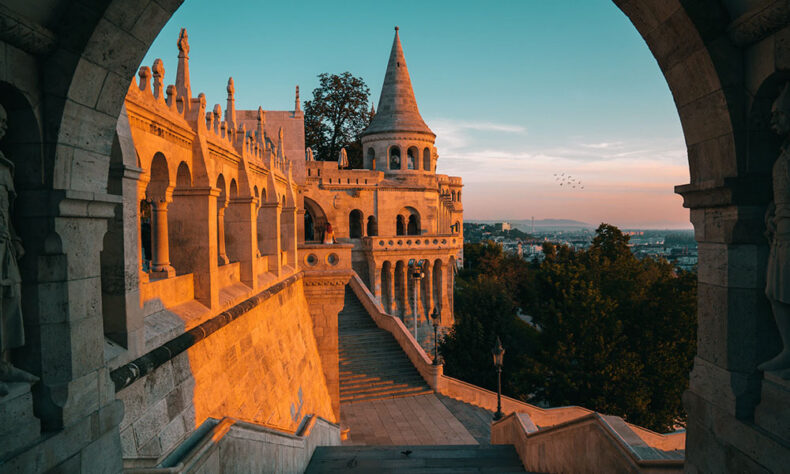
Photo on Unsplash
If there’s water, there’s a cruise, and that’s also true for Budapest. Here you’ve got a great choice of operators and options: amphibian river buses, party ships, boat hotels, traditional excursion vessels, and candlelit dinner cruises.
The best time to set sail is at sunset, when you can witness all the magnificent lights.
Also, be sure to take tram number 2 along the Danube for one of the most scenic rides in the world.
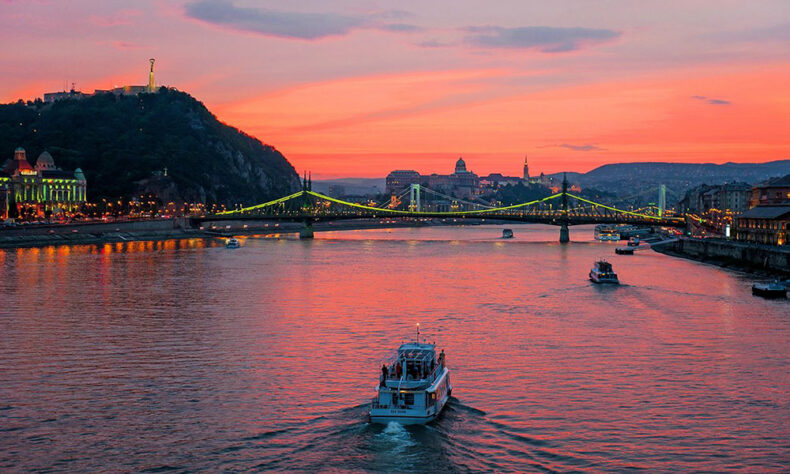
Photo on Instagram
When we talk about Budapest and the water, it’s not only the Danube. The city is often nicknamed the Spa Capital of the World due to its many thermal springs and pools and the locals’ unanimous love for them.
The ancient Romans built the first baths here, and then the Hungarians took over the tradition and perfected it.
Today, Budapest has 12 world-class thermal baths, each with its own special character. Start with the palatial grandeur of the Széchenyi Baths, enjoy an outdoor hot tub with views of the Danube at Rudas, admire Art Nouveau interiors at the Gellért Baths, and hit the waves at the gigantic Palatinus on Margaret Island.

Photo on Unsplash
Bergen: surrounded by majestic fjords
Norway is where you’ll find some of the most striking landscapes in the world, and Bergen is a gateway to the country’s dramatic west coast.
Most people come for the fjords, but in the process, many also discover UNESCO-protected heritage and rich culture.
Although the best-known fjords, such as Hardangerfjord and Sognefjord, are a few hours away by rail or boat, Bergen is also located on a fjord, albeit a smaller one.

Photo on Unsplash
Founded by the Vikings, Bergen has always been an important North Sea trade centre and was even the capital of the country in the 13th century.
Surrounded by seven mountains and facing the epic Byfjorden, the city is the second-biggest in Norway.
Having been an essential transportation hub for centuries, it fully embraces its waterside location and owes its fortunes to the strategic setting.
Here one feels a strong connection to the outdoors, the city is literally built into the surrounding terrain, and there are many ways to enjoy nature.
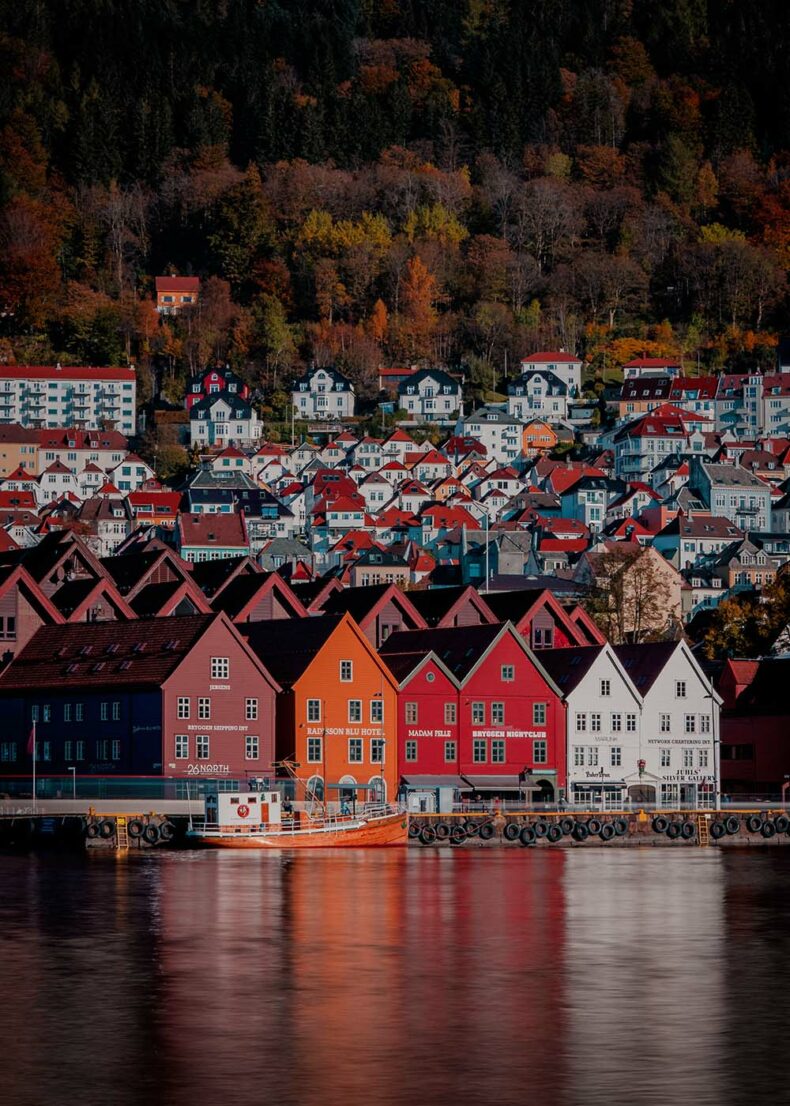
Photo by Espen Bakketun from visit Bergen
Start your exploration of Bergen in Bryggen. The UNESCO-protected medieval harbour neighbourhood is famous for its colourful wooden merchant houses standing next to the blue waters of Byfjorden. The area transports one back to the times when the city was a significant Hanseatic League port.
Today it’s full of quaint cafés, restaurants, and charming photo spots.
Don’t miss the Bergen City Museum detailing the city’s rich maritime history.
Continue by taking the Fløibanen cable car to the top of Mount Fløyen for some breathtaking panoramas.

Photo on Instagram
The Nordnes peninsula is an epicentre of water-related fun. First of all, you’ve got the excellent Aquarium, which is home to penguins, seals, Atlantic fish, and many other sea dwellers.
Nordnes Park is a fantastic place for walks next to the water. Also in the park is Nordnes Sjøbad – a very Norwegian kind of attraction.
The public bathing complex has access to the sea, a heated pool, and a sauna. Dip your toes in the cold waters of the fjord or find repose in the warm perfection of the pool.
Another popular water complex with outdoor and indoor pools is Vannkanten Waterworld.

Photo on Tripadvisor
Gorgeous Norwegian fjords are just a day trip away from Bergen, and you should absolutely add a journey or two to your itinerary.
The self-guided Norway in a Nutshell tour is among the most popular and includes the ultra scenic Bergen and Flåm railways as well as a Nærøyfjord boat cruise.
Other bucket list voyages include the three-hour Mostraumen boat tour, the Sognefjord tour, and a Viking boat excursion.

Photo on Unsplash
Burgas: a vibrant seaside gem
Bulgaria’s fourth-largest city serves as the gate to the sandy southern part of the Bulgarian Riviera. It’s an exciting place to visit, and quite underrated, too, as the majority of tourists head straight further south to the beaches of Chernomorets, Sozopol, and Dyuni. But it’s this underdog status that makes Burgas so appealing as a destination.
Reserving time to explore this ancient port will let you get a glimpse of the authentic and unfiltered Bulgarian coastal lifestyle.
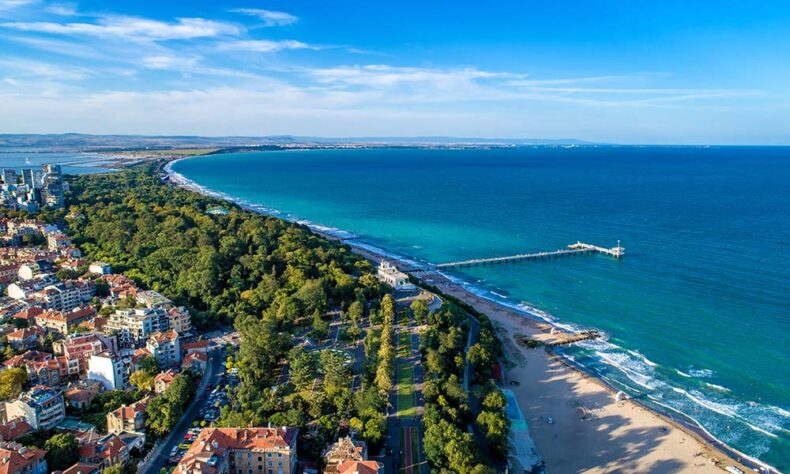
Burgas is surrounded by water. On one side, the windy Black Sea sends waves onto the sandy beaches, while on the other side, five coastal lakes hug the city.
The ancient Romans chose these lands for settlement and built a military colony that soon became a major Black Sea trade hub. Burgas then passed into Byzantine and Ottoman hands and became a part of the Principality of Bulgaria in the 19th century.
Today Burgas is the largest port in the country as well as its industrial powerhouse.
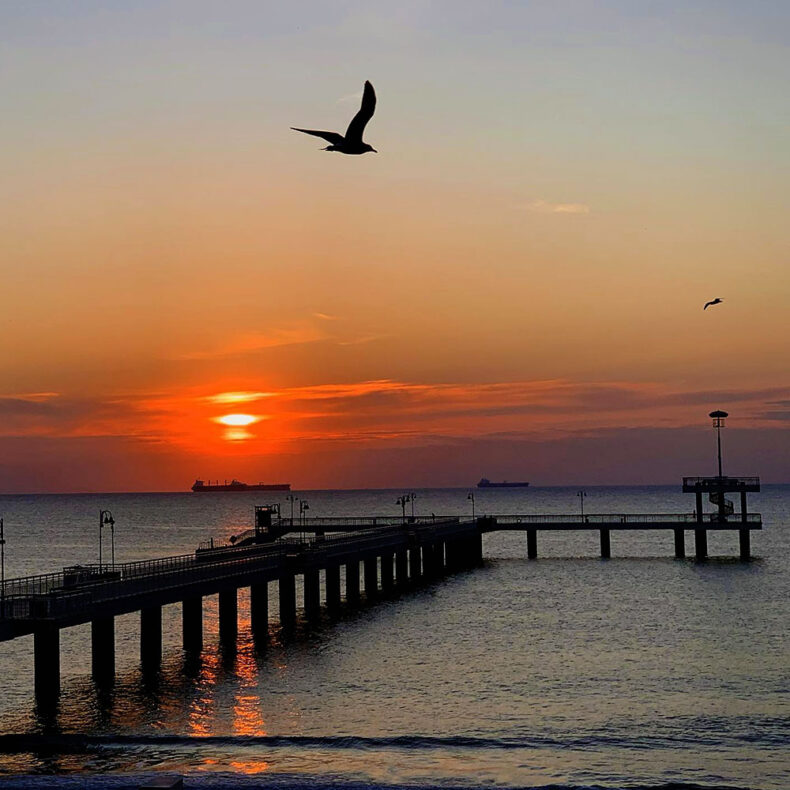
Photo on Instagram
Don’t be fooled by the initially gritty, residential look of Burgas. The Sea Garden is the true heart of the city – a large waterside park on the Black Sea where you can feel the breeze and enjoy the sweeping panoramas.
The Central Beach is a good place to relax, and the pier is the ultimate spot for watching sunsets.
Try windsurfing, play some volleyball, or simply lounge at one of the numerous beach bars – the Burgas coast is made for self-indulgence!
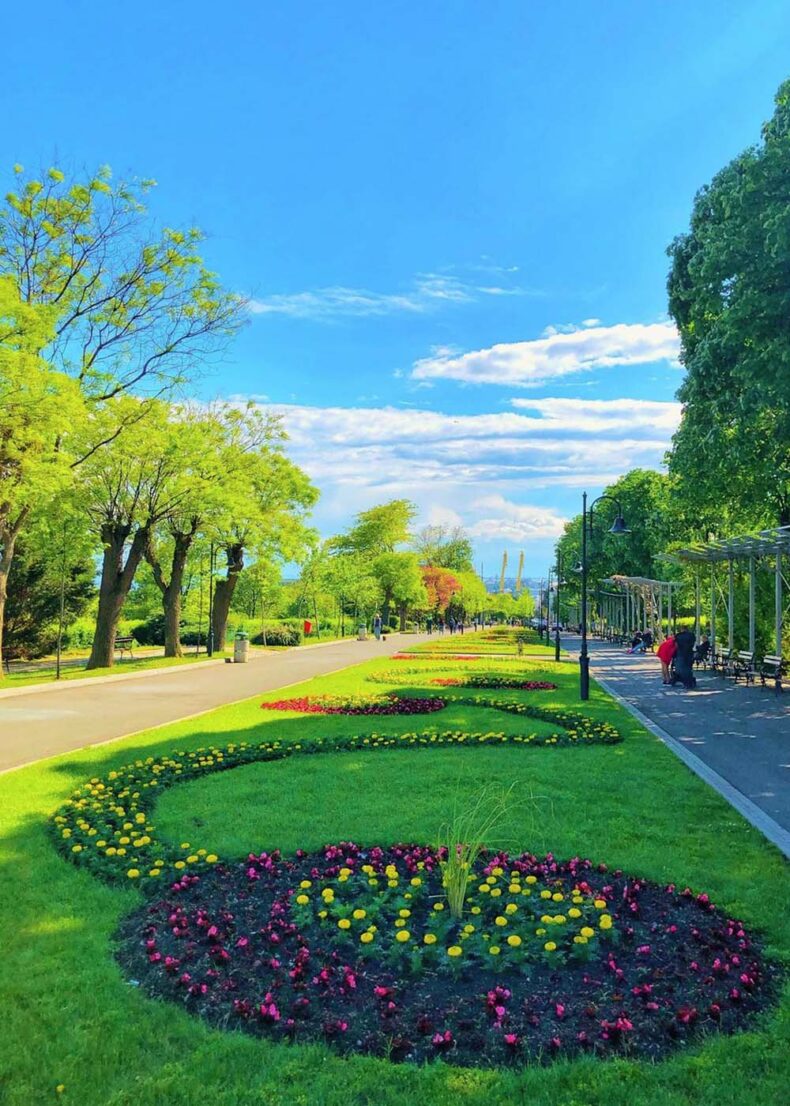
Photo on Instagram
When it’s time for a break from the sea, give central Burgas a try. As you might expect from an industrialised port town with a rich history, it’s quite an eclectic place.
Narrow Ottoman-era streets meet spacious squares, Art Nouveau palaces stand next to tall Communist-era high-rises, and elegant theatres rub shoulders with raucous clubs. It’s vibrant, it’s full of character, and it’s fun.
The Archaeological Museum showcases a rich collection of exhibits and is an obligatory visit.
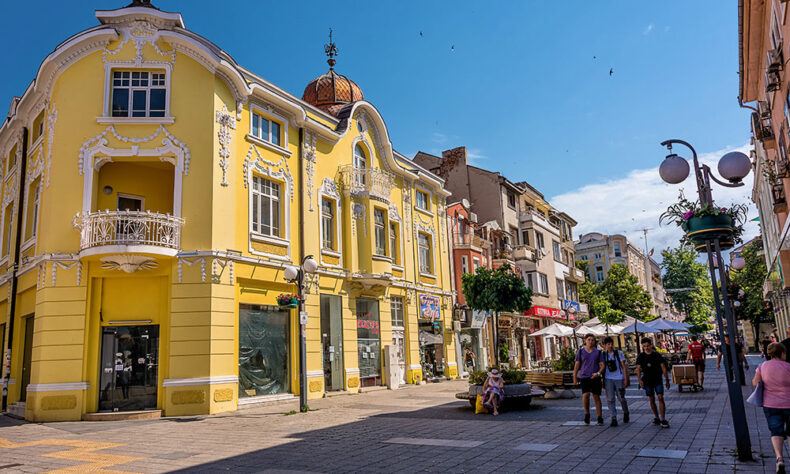
And don’t miss the lakes, which offer quite a range of water activities. Atanasovsko Lake boasts a flamingo colony as well as Bulgaria’s largest spa centre with healing mud and lye pools.
For superb bird watching, go to the Vaya Ecopark, the Foros Ecozone on Mandrensko Lake, and the salt pans of Burgas.
The Poda Nature Conservation Centre on the outskirts of the city is another hotspot for nature enthusiasts.

Photo on Instagram
If you have to choose just one resort town on the Bulgarian Riviera, you can’t go wrong with Sozopol.
Located just 30 kilometres from Burgas, it masterfully combines the charming atmosphere of a historic Black Sea town and the holiday cheer of a modern seaside resort.
Its beaches are among the best in the whole region, and it serves as the perfect introduction to the delights of the Black Sea.
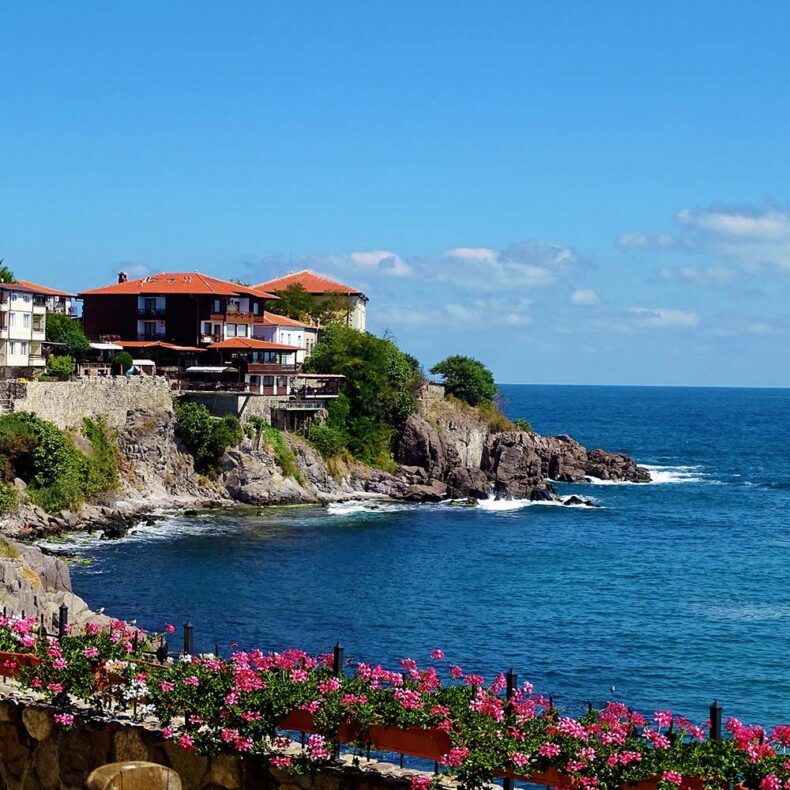
Photo on Unsplash
Read more about authentic travel experiences in Baltic Outlook.